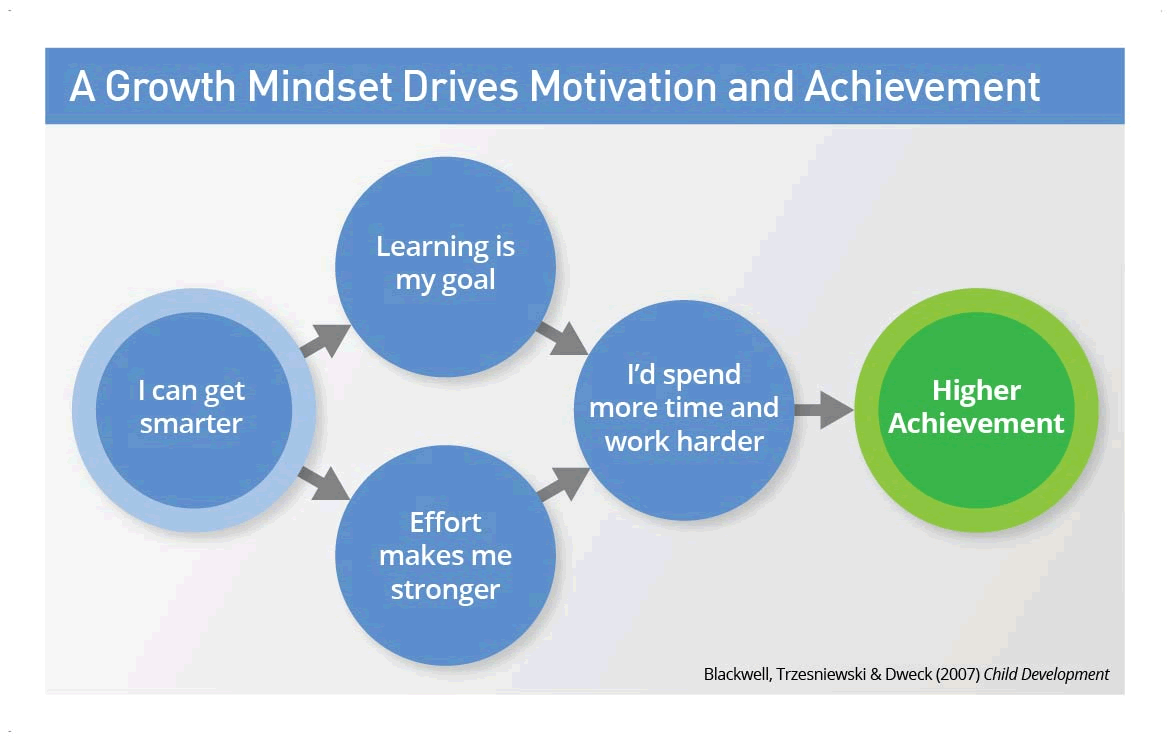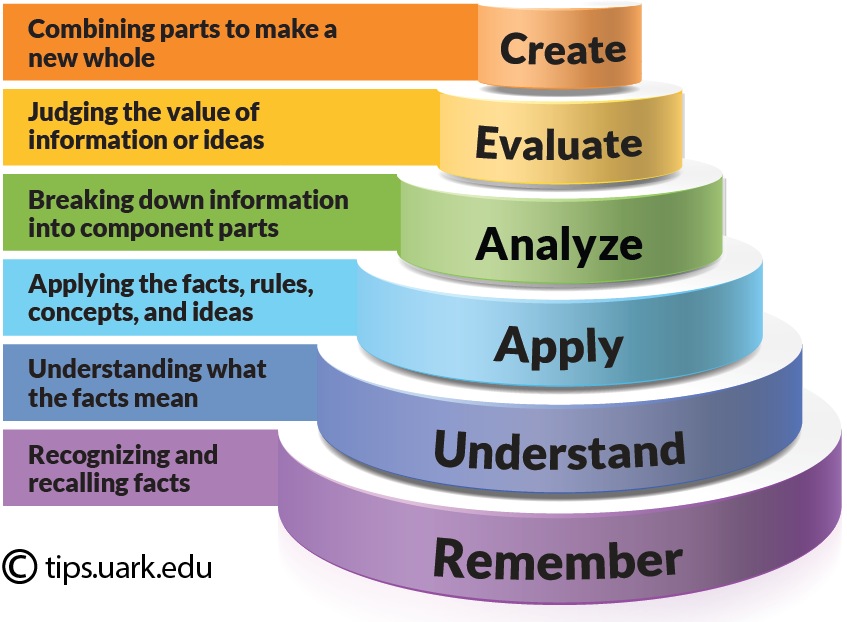What growth mindset does to turn struggling to success for students
Apr 03, 2022
Why setting classroom goals with growth mindset will boost motivation

Several decades ago, a woman named Carol Dweck wrote a book about the differences between what she called “fixed mindset” and “growth mindset.” Let’s talk about setting classroom goals with growth mindset and how that will strengthen your students’ ability to learn and endure setbacks.
Fixed mindset
Simply put, this is the idea that a student has a certain capacity for learning that cannot be changed. When a student fails, they see it as a sign that they can’t do something. According to Mindset Works, this leads to:
- Avoiding challenges
- Giving up easily
- Seeing effort as useless
- Avoiding feedback
- Seeing others’ success as a threat
You can imagine all the classroom issues that come with this type of thinking, both for teachers and for students.
Growth mindset
Growth mindset is a shift in thinking that allows a person to see their potential as limitless. They literally see every opportunity to grow and seek out opportunities for success. According to Mindset works, this leads to:
- Embracing challenges
- Persisting through setbacks
- Seeing effort as a step to success
- Learning from feedback
- Seeing others’ success as an opportunity to learn and grow
Setting classroom goals
How many times have you felt some of the things in the “fixed mindset” list when setting classroom goals? It’s easy to do right? Especially when it comes to standardized testing. So often we look at the challenges and become exhausted at the time and energy we know is coming for us. Try some of these perspectives on the “growth mindset” list. Start with one or two and make a conscious effort to focus on them each day. Not sure how to begin? Keep reading!
Want to triple your impact with actionable steps and made-for-you templates? Now you can have everything you’ve always wanted for your students. No burnout necessary! CLICK HERE to get started.
How strategies for independent learning can inspire success
Here’s how you can foster growth mindset for students. Encourage them to work independently and learn from themselves. Reframe failure as simply a growth opportunity and instruct them to persevere. CLICK HERE to read more about looking at failure differently.

Here are some actionable ways you can mold your students’ growth mindset:
- Have classroom meetings right after centers to discuss what they learned or how they solved a problem. It is important to do this right after center time while their thoughts are fresh.
- Take some time to walk around the room while students are working on centers. Observe how they are working. Ask open-ended questions to test their knowledge and support critical thinking.
- Have conferences with individual students, especially students who don’t often share during class meetings. This gives you an opportunity to get to know them individually.
- Praise students for being problem solvers and motivate them to keep trying. My number one rule in the classroom is “Always Try Your Best!” Those four words help to create a growth mindset for everything from behavior to academic performance. It gives students a safe space to try and not be preoccupied with failure.
For example, if a student is not following classroom expectations, I’ll ask, “Is this your best behavior?” or if they didn’t complete an assignment, I’ll ask, “Is this your best work?” Most of the time students say, “no” and I’ll respond with “Always try your best!”
Try some of these fun and engaging resources with built-in strategies for independent learning!

For Reading
- Positive Behavior Reading Comprehension Vocabulary Bundle(pictured above)
- Bugs Reading Comprehension Vocabulary Bundle
- Map Skills Reading Comprehension Vocabulary Bundle
For Math
- Bestselling Spiral Math Review Task Cards
- Counting Coins with Chicks Boom Cards
- Missing Numbers Puppy Scoot Task Cards
Easy strategies for differentiation to support growth mindset
Always be looking at what students have the potential to do. Challenge them according to their needs, not some preconceived notion of what is developmentally appropriate. Raise your expectations and students will raise their performance.

Here are some actionable ways you can challenge your students in a positive way:

- Encourage students to be creative. For example, my students made community helper finger puppets, and one of my students finished, so I encouraged her to make scenery for them. She amazed me with her creation!
Our students love making these puppets and singing the community helpers song!

- Have pattern blocks ready for them. Pam has challenged them to try to create pictures of what they are studying. A couple of students made this picture of Benjamin Franklin. If you are looking for pattern blocks, check these pattern blocks out while they are on sale.
- Have a stack of lined writing paper and cut construction paper for students to create books.
- Use Bloom’s Taxonomy as a guide. Keep looking for ways to engage students in the higher levels of thinking.

- Give students challenge questions to ponder or have them pair and share with a friend after they complete an assignment. Give them a specific topic to discuss so they can apply their knowledge.
- Have some of your early finishers help others. Teaching a friend will solidify their learning as well.
A fresh look at differentiation of instruction to guarantee results
The most important part of this process is getting your mind right. So often we as teachers want to be fixers. We see a problem and we want to find the solution. Let’s try something a little different. Instead of looking for problems that need fixing, look at potential that your students need help uncovering. Such a simple shift, but it makes all the difference. You’re not exhausting yourself trying countless solutions to a problem. Rather, you’re motivated to dig deeper and find the treasure beneath the surface. Look at your students through the eyes of their parents. If you are a parent, you understand this feeling. You are aware of your child’s weaknesses, but you see their strengths more clearly than anyone else. The thing you want most in the world is for their teacher to see what you see. So teachers, let’s look for it!
Now that you have a fresh perspective, think through how you want to serve your students in order to uncover their treasures. Explore strategies for independent learning. Set up centers that involve active learning and serve different modalities. Look at all the pieces that make up each student’s puzzle so you can ensure their success and yours.
Want to triple your impact with actionable steps and made-for-you templates? Now you can have everything you’ve always wanted for your students. No burnout necessary! CLICK HERE to get started.
Cheers to your success!


